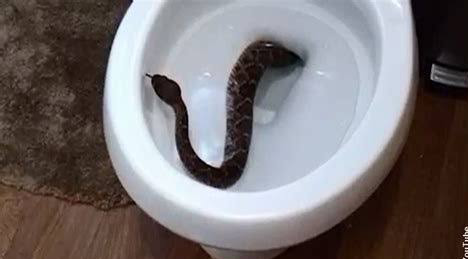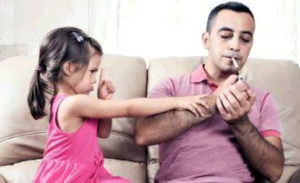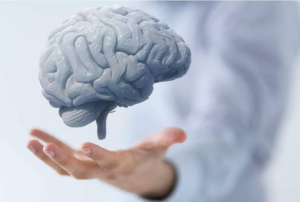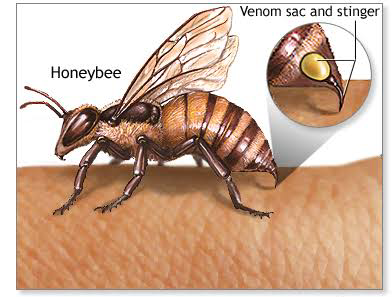
Incidence of Snakebite are more common in developing countries, and are seen mostly during the dry season. Snakebite can be either
Dry bite: When a snake doesn’t release any venom with its bite mostly seen with non-venomous snakes
Venomous bite: When a snake transmits venom during a bite.
All Snakebites should be treated as a medical emergency, even if the snake is nonvenomous. Proper wound care can help prevent infection and limit how severe the injury becomes.
Snakes are also commonly seen in the toilet seats. It is important to note that they go there not because the toilet is dirty but to hunt their preys like rats, mice, frog etc, which are always seen in the toilets.
Symptoms Of Snakebite
- Two punctured wounds
- Swelling and redness around the area
- Pain at the bite area
- Difficulty in breathing
- Abnormal blood clotting
- Low blood pressure but faster heart rate and weak pulse
- Vomiting and nausea
- Blurred vision
- Sweating and salivating
- Numbness in the face and limbs
First Aid Treatment For Snakebite
Below are the important first aid treatment for snake bite.
- Note the time of the bite
- Stay calm and immobilize the affected area to reduce the spread of the venom
- Try to keep the bite area below the heart level
- Clean or wash the area with warm, soapy water
- Remove constricting clothing or jewelry because the area surrounding the bite will likely swell
- Try to note the kind of snake as appropriate description can help responders figure out the treatment type.
Things Not To Do
- Do not drink any caffeinated drink or alcohol as a pain killer
- Do not try to cut the area of the bite
- Do not try to suck out the venom
- Do not put ice pack on it
- Do not use aspirin, ibuprofen, or other painkillers that thin your blood.
- Do not wrap it in a tourniquet or other clothing materials.







Leave a Reply